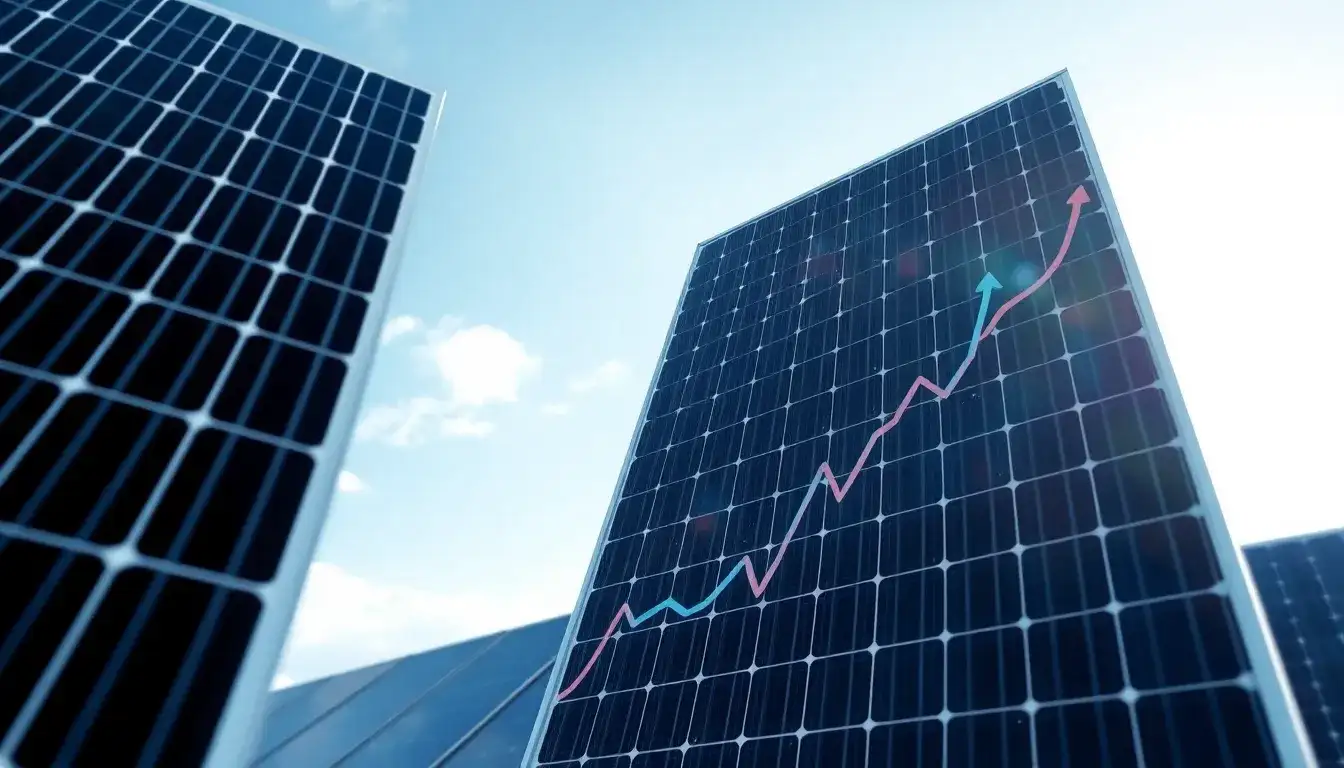
Recently, the solar industry has been experiencing fluctuations. Since March, the prices of silicon have been driven by demand in the distributed generation sector, leading to a slight decrease in inventory levels at companies. The production of G12R silicon wafers has increased, resulting in continued price rises for five consecutive weeks. The inventory of solar cells has also shown a significant decline, with prices remaining on an upward trend.
According to data from Shanghai Metals Market (SMM), the prices for TOPCon solar cells of various specifications (182, 210, and 210R) have recently reached 0.757 USD/W to 0.767 USD/W without exceptions. It is generally believed that the solar industry is experiencing a price rebound, correlated with the “market rescue” approach. In the first and second months of 2025, the market is expected to stabilize, while major manufacturers can expect to benefit from higher prices for electricity generated from solar energy.
Before April 30, projects connected to the grid can be eligible for significantly subsidized electricity rates. However, after that date, new projects will only be able to select between self-generated power or grid supply, and will no longer receive preferential rates for grid access. Starting from May 31, new projects connected to the grid will enter the electricity market, establishing a “new energy stable pricing mechanism” through price formation from power exchanges, aiming to ensure sustainable development of energy prices.
In recent assessments, China’s policies have tightened around the solar market, with the demand for solar products expected to rise again in the second quarter. Demand is projected to peak slightly in March and April, possibly leading to price increases in the second quarter, especially regarding the distributed generation projects expected to achieve significant capacity.
From the beginning of March, the price of solar products has consistently rebounded, with some companies witnessing significant increases in production capacity. Ten major manufacturers have reported adjustments in their production strategies, indicating strong market demand. Recent reports suggest that demand in the solar sector has intensified, and by March, the demand and supply dynamics have shifted positively.
As forecasted, the solar industry will see a demand increase by 2024, with significant impacts expected on pricing strategies. Manufacturers need to adapt to these changes to remain competitive. It is anticipated that by 2025, the solar industry will continue to experience significant fluctuations in demand and pricing, maintaining a close connection between supply and demand dynamics.
With recent analysis showing that the demand for solar products is projected to grow by over 30% year-on-year, the solar industry is poised for a strong recovery. This positive outlook is driven by the increasing need for sustainable energy solutions, especially as more projects get underway in the coming months. The market will likely continue to see adjustments in pricing and supply strategies as these trends unfold.
In summary, the solar manufacturing sector is gearing up for a period of growth, with prices expected to rise due to tightening supply conditions and increasing demand. Stakeholders in the industry are encouraged to monitor these trends closely to capitalize on the evolving market landscape.







